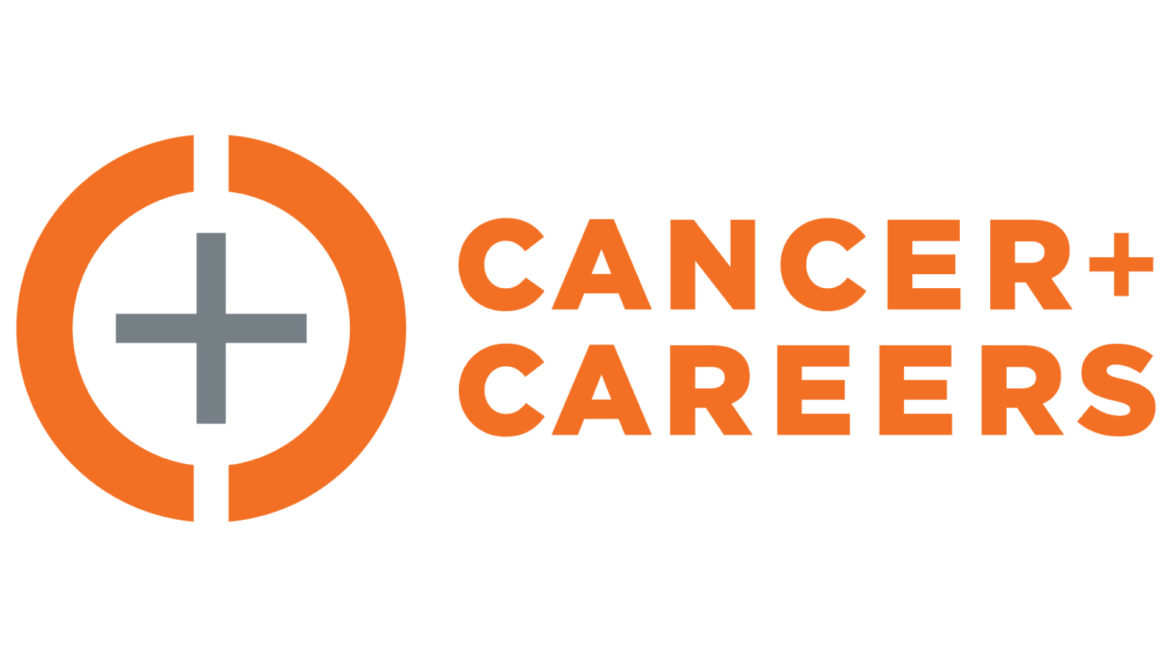During Disability Employment Awareness Month, Don’t Miss Out on Ticket to Work

October marks Disability Employment Awareness Month (DEAM), a time for organizations across the nation to re-emphasize and encourage the building of a workforce that is inclusive for people with disabilities.
This group has the right talent, right now, and they want to return to work, too. After a complicated, often lengthy recovery from a severe illness or health condition, returning to work can lead to increased personal satisfaction and a renewed sense of financial independence. Regaining this feeling of purpose and direction is often life changing.
The path back to employment can appearing daunting as no one wants to risk losing the disability benefits they waited so long to obtain. In addition, those with disabilities may face challenges when trying to find their place and receive the accommodations needed to do their best work.
We are reminded in this month of honoring workers with disabilities, however, that there is help for clearing the path to working again. As a Social Security Administration-approved Employment Network (EN), Allsup helps these who are Social Security Disability Insurance beneficiaries access and succeed at returning to work with a higher success rate than going it alone. Finding a job – whether it’s a new type of job or in a field related to a previous career – through the Ticket to Work (TTW) program is something Allsup can help with. But, perhaps just as important, the EN can help protect an individual’s income and healthcare benefits in case things don’t go as planned.
For those who have disability benefits, working with an EN can be a game changer for returning to self-sufficiency. TTW can help them earn more money than they currently receive in SSDI benefits and improve their financial future.
To make the most of the program, it helps to understand these Ticket to Work basics:
- Employment Networks (ENs). About 500 ENs across the U.S. offer a range of free support and services through the Ticket program. For more information about Allsup Employment Services, an SSA-authorized EN, check out the Allsup site for more information on returning to work with SSDI.
- Trial Work Period (TWP). Individuals can keep their SSDI cash benefits while testing their ability to work for nine months. They have a safety net where they can test their ability to work again and receive full SSDI benefits in addition to their job earnings.
- Extended Period of Eligibility (EPE). After the Trial Work Period ends, individuals are eligible to receive SSDI benefits for any month in which their job earnings drop below a threshold called “substantial gainful activity” (SGA). In 2018, SGA is $1,180 for non-blind individuals and $1,980 for blind individuals.
- Continuing Medicare Coverage. After the Trial Work Period ends, Medicare coverage continues for up to 93 consecutive months. Individuals still receive coverage during this time even if SSDI payments end.
- Expedited Reinstatement of Benefits. If individuals become unable to work again within five years after the EPE ends, they can request to have their SSDI benefits restarted without filing a new Application.
- Continuing Disability Review (CDR) Protection. Social Security periodically reviews disability claims. As part of the Ticket to Work program, individuals are exempt from medical CDRs and their status remains unchanged. For patients ready and medically able to return to work, taking advantage of the Ticket to Work program can help prepare them for success.
Research shows the longer that injured or ill individuals are out of the workforce, the harder it becomes for them to re-enter. Without the help of an EN, that task becomes even more difficult. Although the nation’s unemployment rate is only 3.7%, the unemployment rate for individuals with disabilities is nearly double that (7.2%). This is still a prime time to appeal to prospective employers, but the assistance of an EN can make the difference.
The Ticket to Work program can streamline this process, and all of this is free and offers critical protection. For many people with disabilities, it could be their best chance to successfully reenter the workforce.
Allsup
Related Articles

Disability
Lupus Awareness Month: Making Lupus Visible

Disability
Navigating Work After Cancer: Free Cancer and Careers Events

Disability
Consistency & Community Matters: Brain Injury Awareness Month

